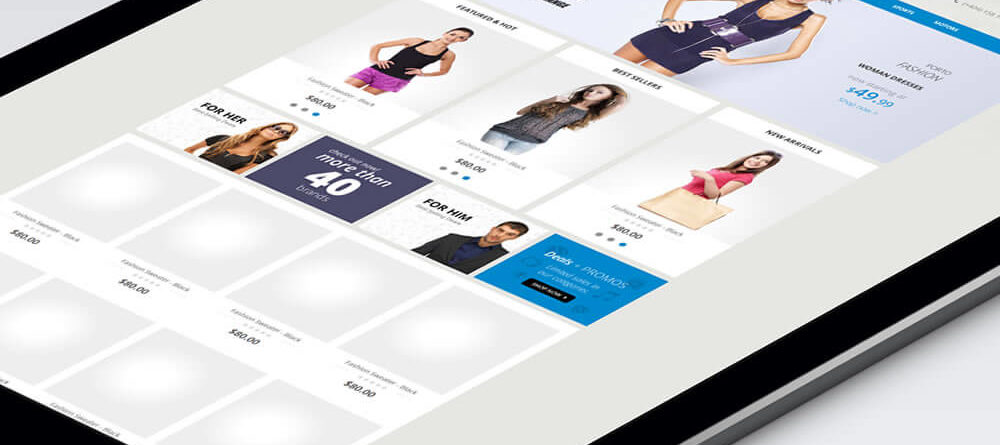How to Use Few or No Notes when Presenting
Do you use a full script or feel like you have to read your presentation? Is one of your goals to learn how to use few – or no – notes when presenting? It can be important for many people, particularly in certain industries, to show their expertise in this way. I personally see notes – whether they’re bullet points jotted on a cue card or an A4 sheet of paper – as a safety net. Something that allows you to get back on track if you get distracted or thrown. Or if you have a mind blank or brain freeze..the kind of horrible...

